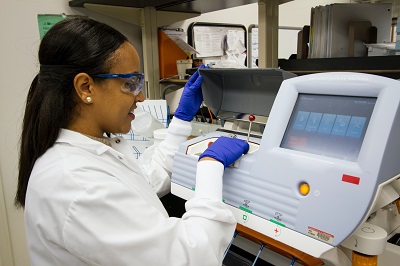In the context of FDA certification (approval or clearance) of medical devices, periodic updates and ongoing compliance are critical to maintaining certification and ensuring continued market access. Here are key standards, procedures, and considerations for handling periodic updates:
Standards and Guidelines:
Quality System Regulation (QSR):
- Maintain compliance with FDA’s QSR (21 CFR Part 820), which requires manufacturers to establish and maintain a quality management system to ensure consistent device quality and regulatory compliance.
Labeling Requirements:
- Ensure device labeling remains accurate, up-to-date, and compliant with FDA requirements, including indications for use, warnings, precautions, and any required symbols or graphics.
Post-Market Surveillance:
- Implement a post-market surveillance plan to monitor device performance, safety, and effectiveness in real-world use.
- Monitor and report adverse events, complaints, and device malfunctions to the FDA as required.
Changes and Modifications:
- Evaluate any changes or modifications to the device that could affect its safety or effectiveness.
- Determine whether changes require submission of a new 510(k) (for substantial changes) or can be documented through a post-market surveillance report.
Procedures for Periodic Updates:
Documentation Review:
- Regularly review and update technical documentation, including device specifications, design controls, manufacturing information, and labeling.
- Document any changes or updates made to ensure accuracy and compliance with FDA regulations.
Risk Management:
- Conduct periodic risk assessments to identify and evaluate potential risks associated with the device.
- Update risk management documentation and strategies as needed to mitigate identified risks.
Clinical Data Review:
- Monitor ongoing clinical studies and post-market data to assess device performance, safety, and effectiveness.
- Update clinical evaluation reports and submit new clinical data as necessary to support continued compliance.
Compliance Audits:
- Conduct internal audits and assessments of your quality management system and regulatory compliance practices.
- Address any findings or non-conformities promptly and implement corrective and preventive actions as needed.
Communication with FDA:
- Maintain open communication with the FDA regarding updates, changes, or modifications to the device.
- Submit periodic reports, updates, or notifications to the FDA as required by regulations or as part of post-market surveillance obligations.
Continuous Improvement:
Feedback and User Input: Seek feedback from users, healthcare professionals, and stakeholders to identify opportunities for device improvement and address user needs.
Regulatory Updates: Stay informed about changes to FDA regulations, guidance documents, and industry standards that may impact device design, manufacturing, or compliance requirements.
Recordkeeping and Documentation:
Document Control: Implement robust document control procedures to manage version control, updates, and revisions of technical documentation and regulatory submissions.
Record Retention: Maintain thorough and organized records of all regulatory activities, communications with the FDA, testing results, and compliance efforts.

Contact Us:
Whatsapp or Wechat:+86 15816864648;email address:hito.lin@grzan.cn
.png)
.jpg)
.png)

.png)